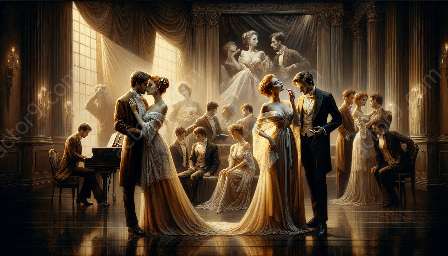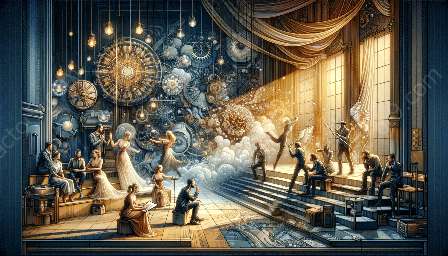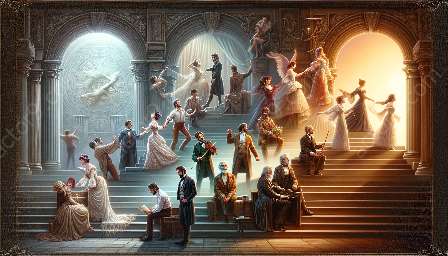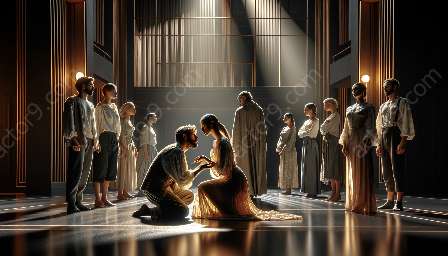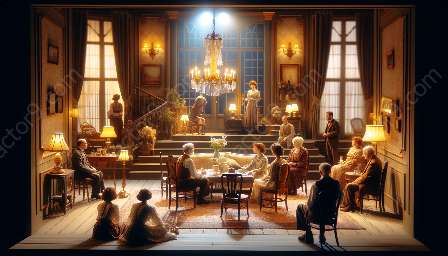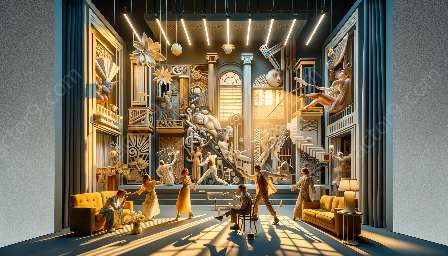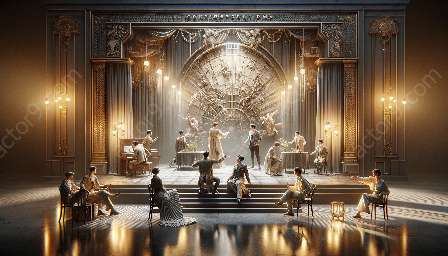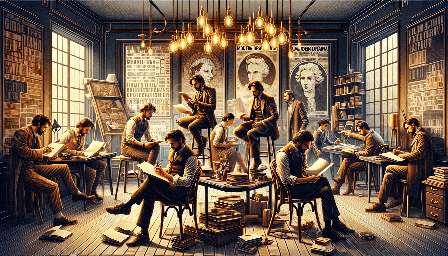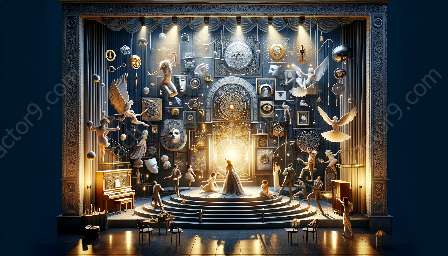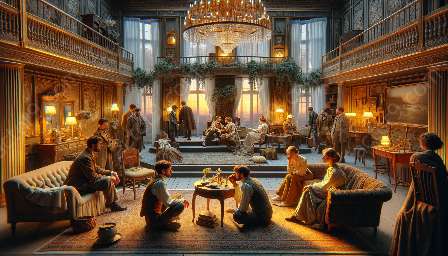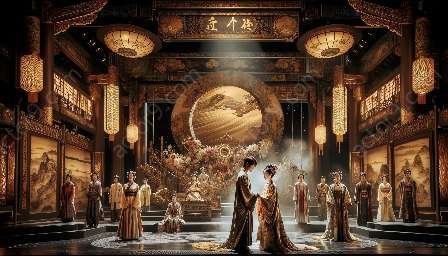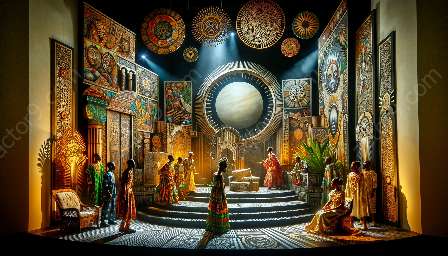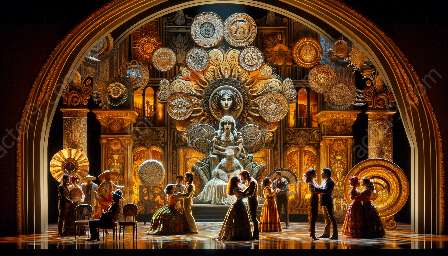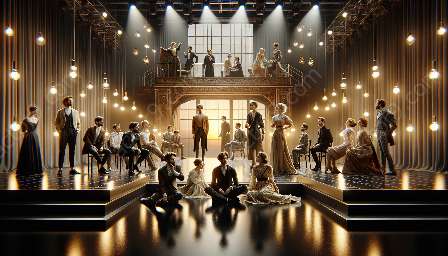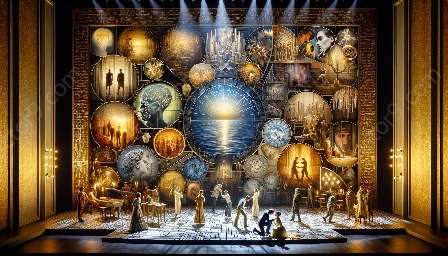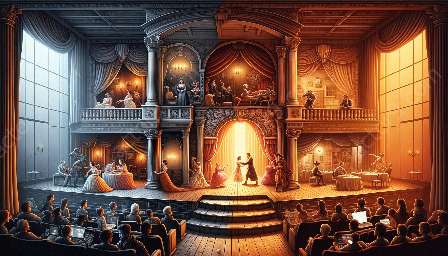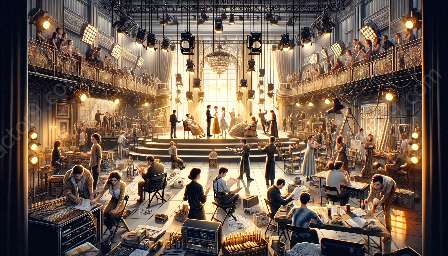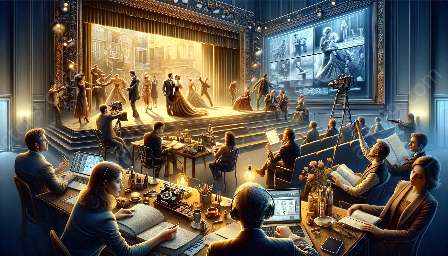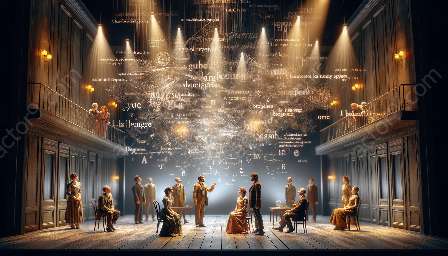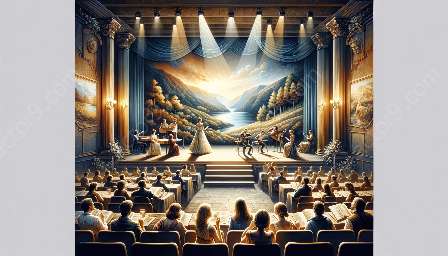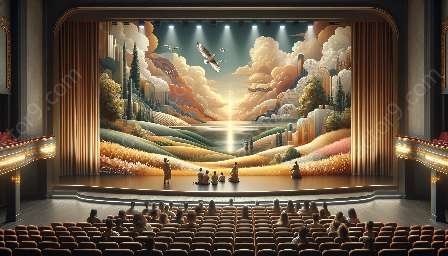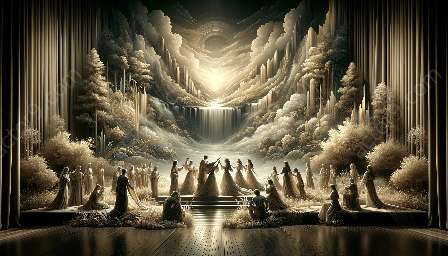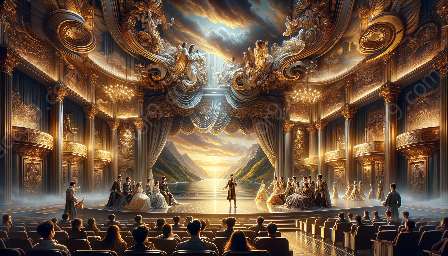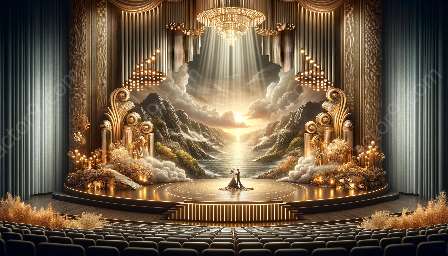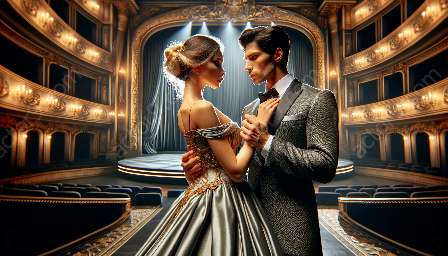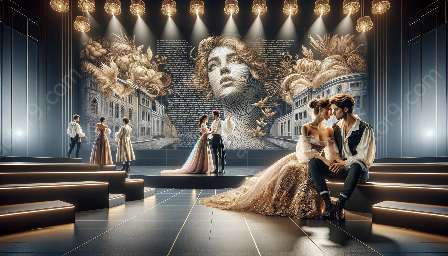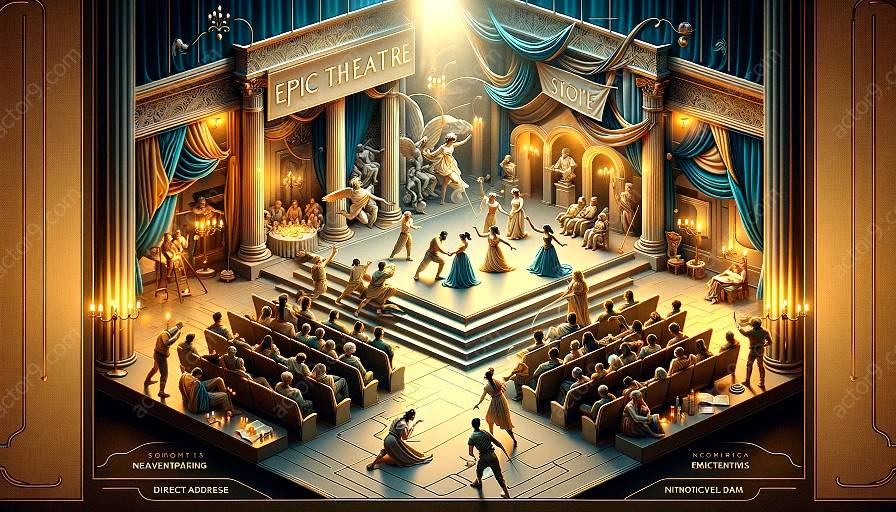When it comes to epic theatre, the staging becomes a critical element in conveying the overarching themes and messages of the production. Innovations in staging techniques have reshaped the way audiences interact with and experience these monumental performances. In this exploration, we will delve into the intriguing world of epic theatre and modern drama, analyzing some of the most notable and thought-provoking staging techniques that have been utilized.
Alienation Effects
One of the most distinctive and influential staging techniques in epic theatre is the use of alienation effects. Originally introduced by playwright and director Bertolt Brecht, these effects aim to distance the audience from the characters and actions on stage, encouraging critical engagement and reflection. Through techniques such as direct address, breaking the fourth wall, and abrupt emotional shifts, alienation effects disrupt the conventional immersive experience, prompting viewers to question the societal and political implications of the narrative.
Multi-Functional Set Design
In modern epic theatre productions, multi-functional set design has emerged as a fundamental staging technique. This approach involves creating sets that serve multiple purposes and transform throughout the performance. By utilizing movable components, adaptable structures, and symbolic elements, this technique enables seamless transitions between scenes and encourages the audience to actively interpret and decode the evolving visual landscape. The synergy between the set design and the narrative becomes a captivating aspect of the overall theatrical experience.
Physical and Visual Symbolism
Epic theatre often employs physical and visual symbolism as a powerful staging technique. Through the strategic use of props, gestures, and visual metaphors, productions convey complex ideas and themes in a visceral and evocative manner. By distilling intricate concepts into tangible and visually striking symbols, the staging invites audiences to participate in the construction of meaning, fostering a deeper connection with the underlying messages and social commentaries woven into the fabric of the play.
Breaking Temporal Boundaries
Another innovative staging technique in epic theatre involves the deliberate manipulation of temporal boundaries. By intertwining past, present, and future elements within the performance space, productions challenge linear narratives and traditional chronology. This approach creates a sense of timelessness and invites audiences to contemplate the enduring relevance of the underlying themes, transcending the constraints of specific historical contexts and inviting comparisons with contemporary societal dynamics.
Multimedia Integration
Modern epic theatre has embraced the integration of multimedia elements as a compelling staging technique. From projection mapping and interactive digital displays to synchronized soundscapes and immersive lighting designs, multimedia integration enriches the sensory experience and expands the expressive potential of the production. By incorporating diverse media forms, epic theatre productions create dynamic layers of engagement, reflecting the complex interplay between technology, culture, and human experiences within the modern era.
Conclusion
The evolution of epic theatre and modern drama has been intertwined with the continuous development of innovative staging techniques. From alienation effects to multi-functional set design, physical and visual symbolism to multimedia integration, these techniques have redefined the boundaries of theatrical expression and challenged audiences to actively participate in the construction of meaning. As epic theatre continues to inspire immersive and thought-provoking experiences, the exploration and advancement of innovative staging methods will undoubtedly shape the future landscape of theatrical storytelling.

